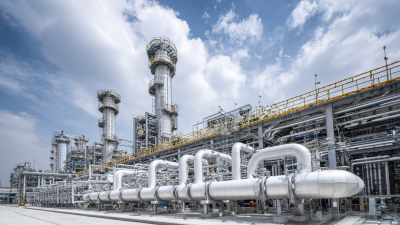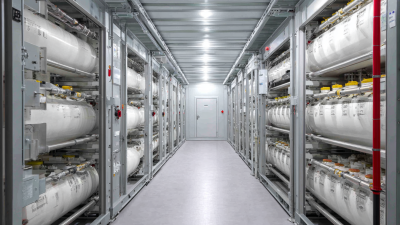
-
Home
-
About us
-
Products
-
Solutions
-
News
-
Blog
-
Contact us
Leave Your Message

In today's industrial landscape, the implementation of a Cryogenic Refrigeration System is becoming increasingly vital across various sectors, including food preservation, pharmaceuticals, and industrial manufacturing. According to a report by MarketsandMarkets, the global cryogenic equipment market is projected to reach USD 28.8 billion by 2026, growing at a CAGR of 7.6% from 2021. The efficiency and sustainability of these systems can lead to significant operational cost savings and environmental benefits, as they enable precise temperature control for storage and transportation of sensitive materials.
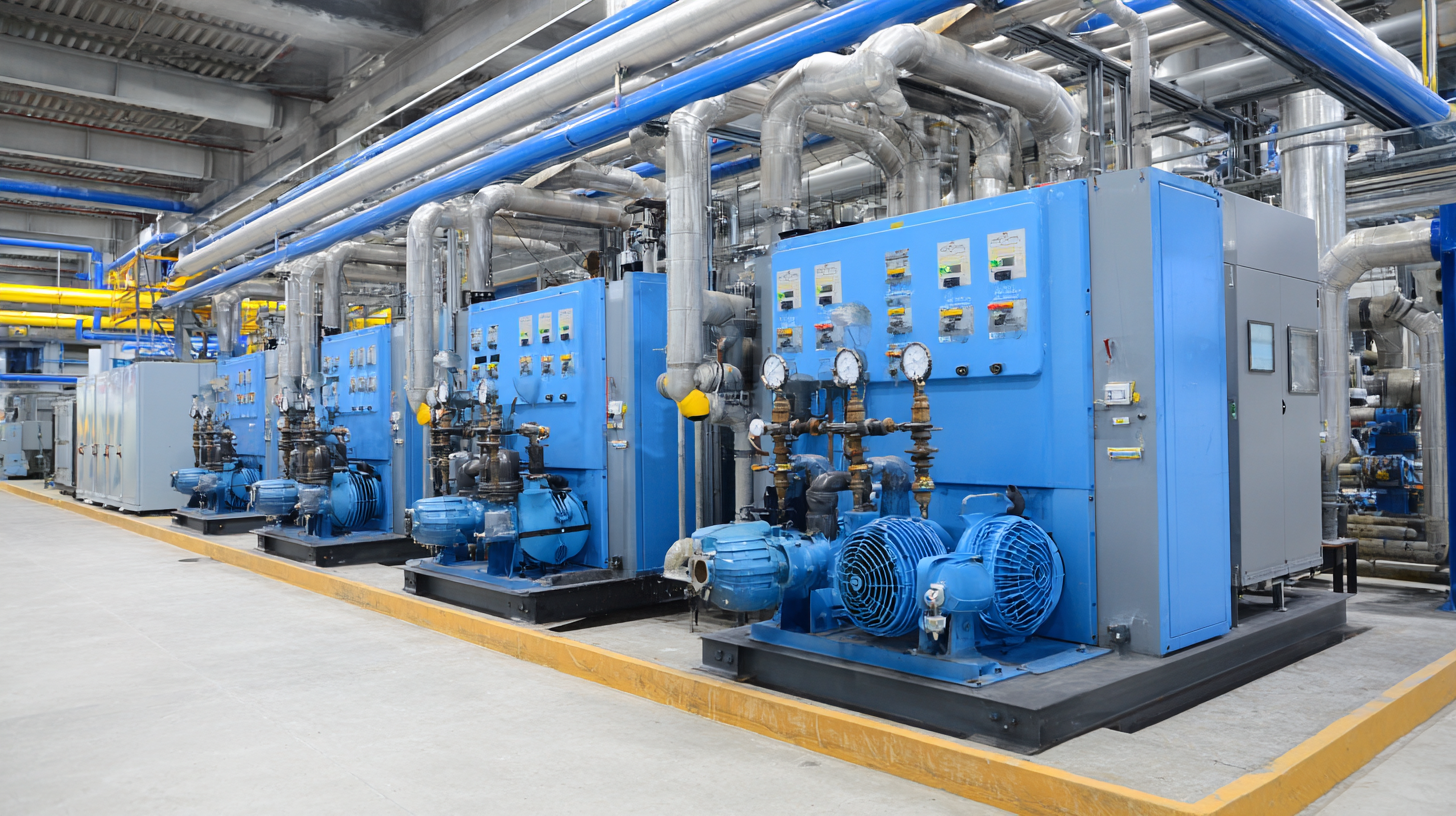
To leverage the full potential of a Cryogenic Refrigeration System, businesses must navigate the complexities of design, installation, and operation, ensuring compliance with stringent safety and regulatory standards. This article will explore the key steps and best practices for effectively implementing a Cryogenic Refrigeration System in your business, setting the stage for enhanced productivity and competitive advantage in the marketplace.
Cryogenic refrigeration systems operate at extremely low temperatures, typically below -150°C, to reliably freeze and preserve materials. Understanding these systems requires a grasp of the fundamental principles underlying their operation, such as the thermodynamic cycles they utilize. Most cryogenic systems work on the principle of Joule-Thomson effect or using a closed cycle refrigeration approach, which allows for effective cooling without excessive energy consumption. Familiarity with the key components—such as compressors, heat exchangers, and expansion valves—is essential, as they play pivotal roles in maintaining the desired low temperatures.
Moreover, it is crucial to comprehend the types of cryogenic fluids used, such as liquid nitrogen or helium, which serve as the medium for heat transfer. Each fluid presents unique characteristics, impacting not only the efficiency of the system but also safety and environmental considerations. Understanding the properties of these fluids enables businesses to optimize their refrigeration processes and mitigate risks associated with handling cryogenic materials. Proper training and maintenance are also vital, ensuring personnel are equipped to interact with such complex systems safely and efficiently.
When considering the implementation of a cryogenic refrigeration system, identifying your business needs is crucial. According to a report from the International Institute of Refrigeration, the cryogenic cooling market is expected to grow at a CAGR of 6.8% from 2021 to 2026, driven primarily by sectors like medical, aerospace, and industrial manufacturing. Understanding the specific requirements of your business can help tailor the cooling solution to maximize efficiency and minimize operational costs.
Tip: Conduct a thorough needs assessment by evaluating your current cooling methods and identifying specific pain points or limitations. Engage with stakeholders across departments to gather insights regarding temperature sensitivity, energy consumption, and product quality requirements.
Furthermore, analyzing your business's thermal load profiles will aid in selecting a cryogenic system that meets both current and future demands. A study by the American Society of Heating, Refrigerating and Air-Conditioning Engineers reveals that optimizing your refrigeration strategy can lead to energy savings of up to 30%. This predictive approach not only ensures optimal performance but also aligns with long-term sustainability goals.
Tip: Integrate data analytics to monitor and predict cooling requirements based on production schedules, seasonal variances, and inventory levels. This proactive strategy can significantly enhance your operational efficiency and energy management.
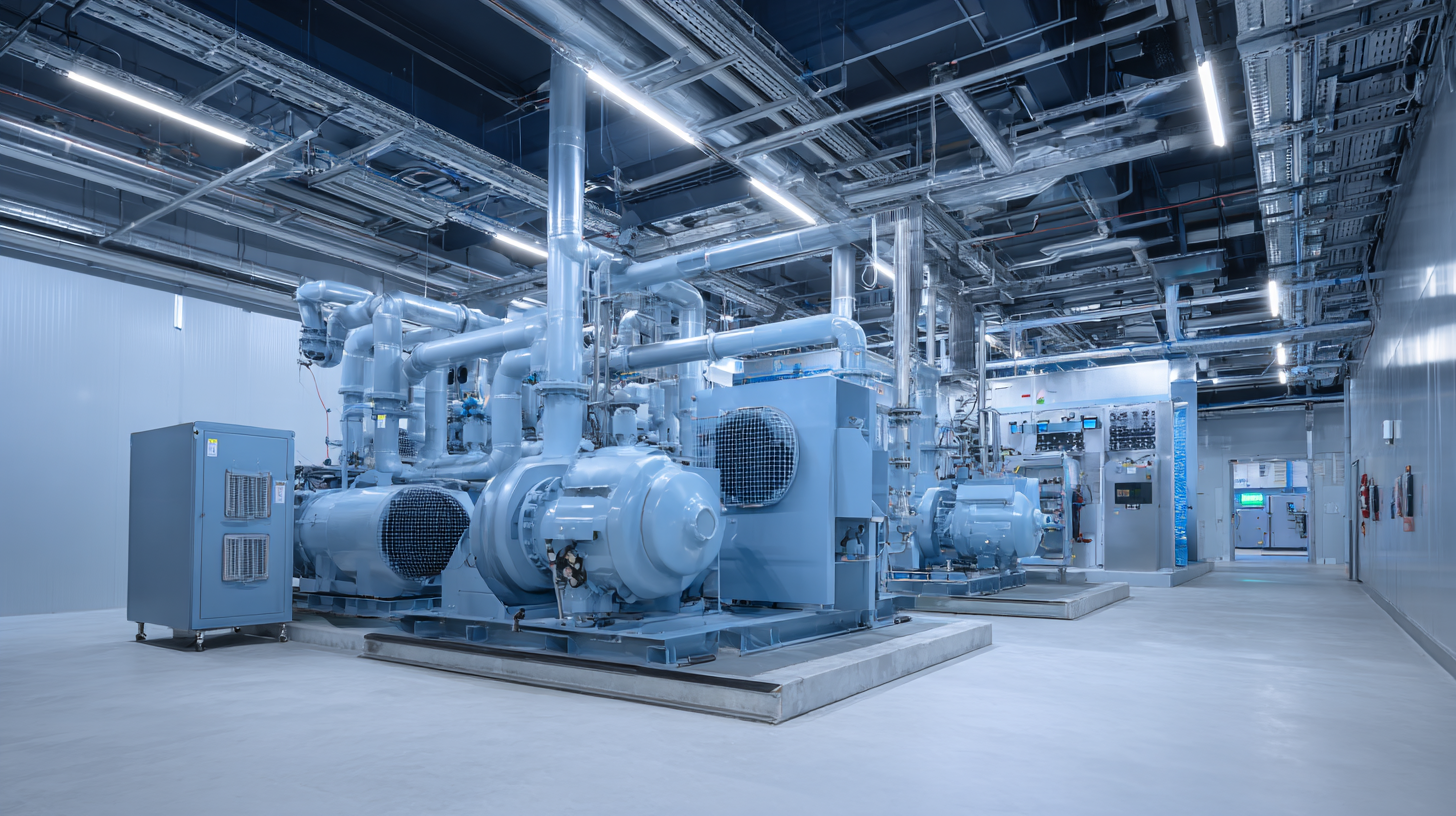
When considering the implementation of a cryogenic refrigeration system in your business, it's crucial to evaluate several key factors that can affect the process. According to a report by the International Institute of Refrigeration, the energy efficiency of cryogenic systems can vary significantly based on design and operational practices, with optimizations leading to energy savings of up to 30%. Understanding the particular needs of your business, including the scale of refrigeration required and the specific materials being handled, is essential for tailoring the system to your operations.
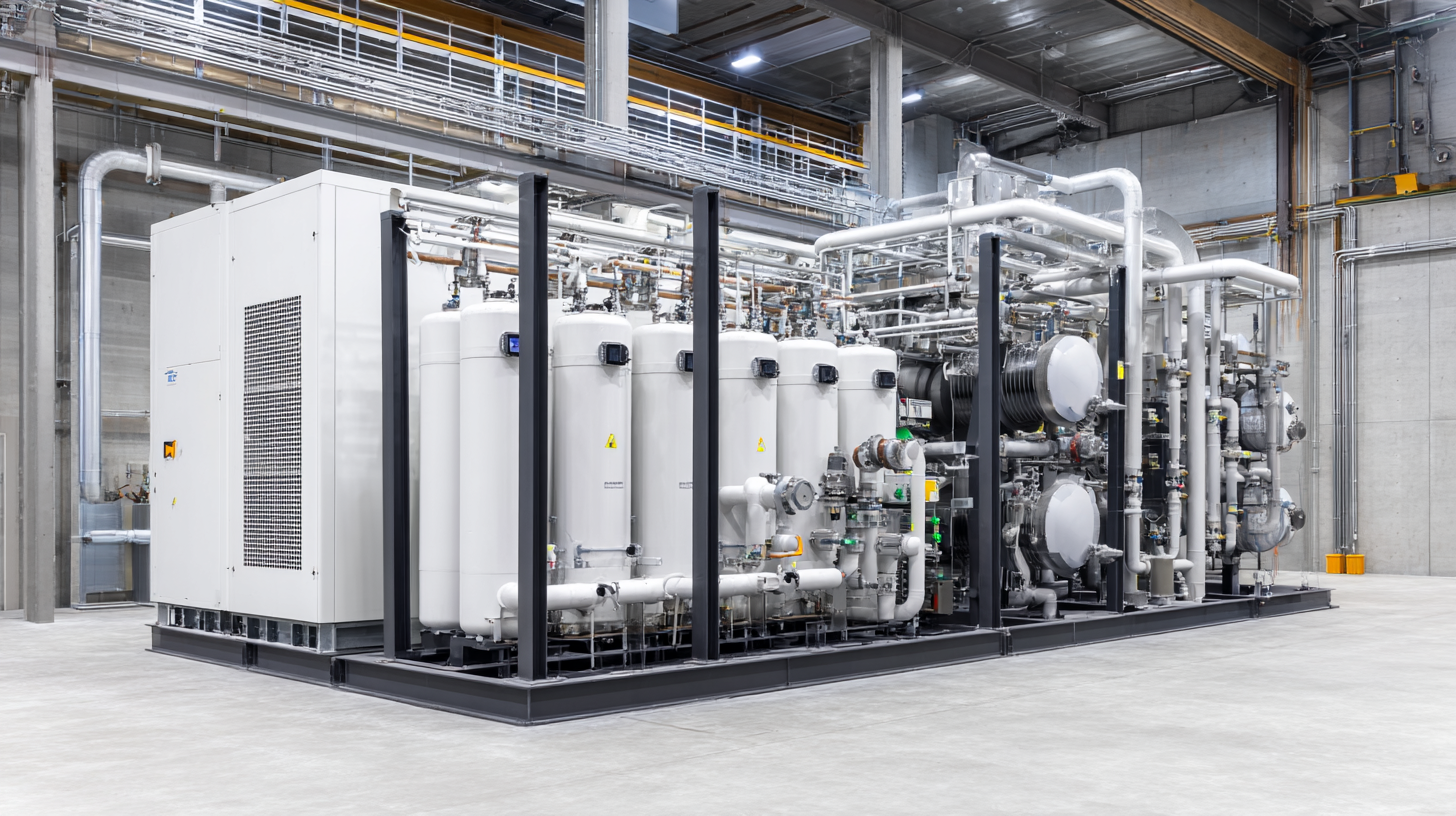
Another important factor is the regulatory landscape. Compliance with environmental regulations and safety standards is critical in the decision-making process. A study by the U.S. Department of Energy indicates that adhering to guidelines can not only mitigate risks but also enhance the long-term viability of your refrigeration investment. Furthermore, proper staff training on system operation and safety procedures plays a vital role in successful implementation and ongoing management.
Tips for Implementation:
Selecting the right equipment and technology for implementing a cryogenic refrigeration system is crucial for maximizing efficiency and minimizing operational costs. Start by assessing the specific cooling requirements of your facility. Consider factors such as the temperature range needed, the volume of goods to be refrigerated, and the layout of your operation. Customizing the cryogenic system to fit these needs ensures optimum performance and reduces energy wastage.
Next, evaluate the available cryogenic technologies and equipment. There are various options, including traditional liquid nitrogen systems and innovative mechanical refrigeration techniques. Each has its advantages depending on your budget and operational requirements. It's vital to collaborate with experienced suppliers who can recommend the most suitable systems and provide ongoing support. Additionally, focus on integrating advanced control systems that allow for precise temperature management and monitoring, enhancing the reliability of your refrigeration solution while maintaining safety standards.
| Equipment Type | Key Features | Capacity (L) | Energy Efficiency | Maintenance Frequency |
|---|---|---|---|---|
| Cryogenic Freezer | Low temperature (-196°C) operation | 50 | Highly Efficient | Monthly |
| Cryogenic Storage Tank | High insulation capacity | 1000 | Moderately Efficient | Biannually |
| Cryogenic Dispenser | Fast dispense rate | 200 | Very Efficient | Quarterly |
| Cryogenic Pump | Performance in low temperatures | 150 | High Efficiency | Annually |
Implementing a cryogenic refrigeration system in your business requires not only the right technology but also a well-trained workforce. Training staff is crucial, as employees need to understand the complexities of operating cryogenic systems safely and efficiently. This training should encompass the fundamentals of cryogenics, including the properties of cryogenic fluids and their behavior under different conditions. Regular workshops and hands-on sessions can enhance staff proficiency, ensuring they are well-versed in the operation, maintenance, and emergency response protocols.
In addition to training, establishing best practices for operation is essential to maximize efficiency and safety. Creating detailed operation manuals and safety guidelines will provide clear instructions for staff, reducing the likelihood of human error. Regular audits and performance reviews can help reinforce these practices, enabling you to identify areas for improvement and ensuring compliance with industry standards. Further, fostering a culture of continuous learning and open communication among staff encourages proactive problem-solving and contributes to a safer working environment when managing these specialized systems.

